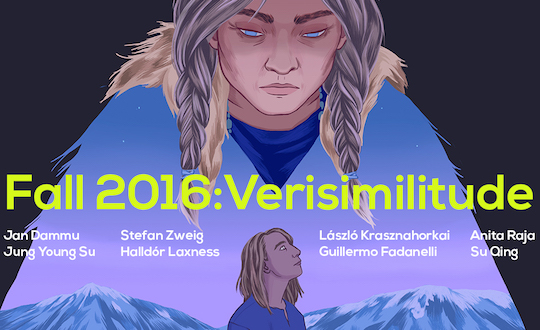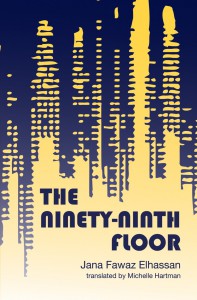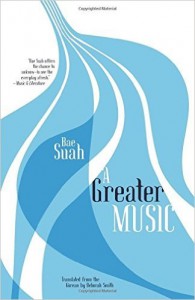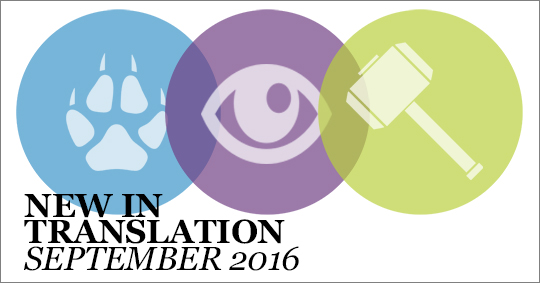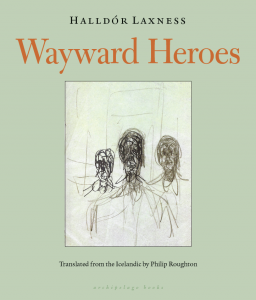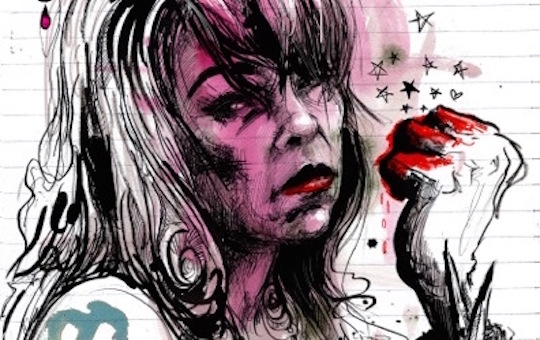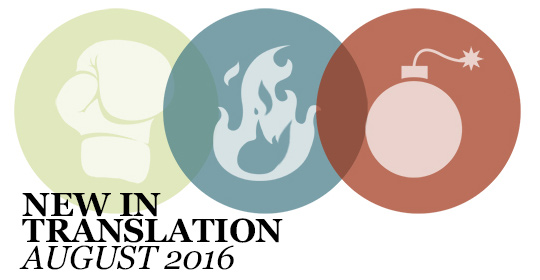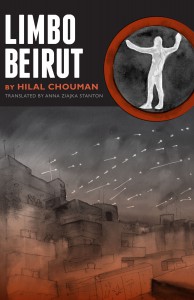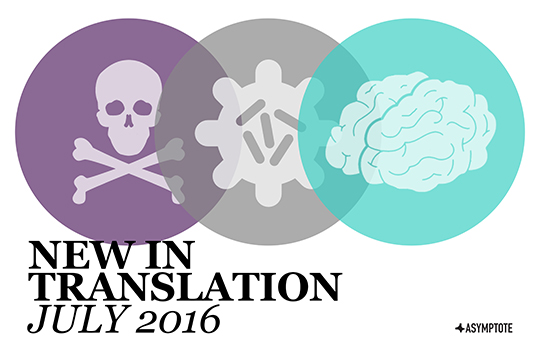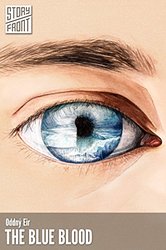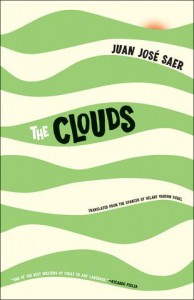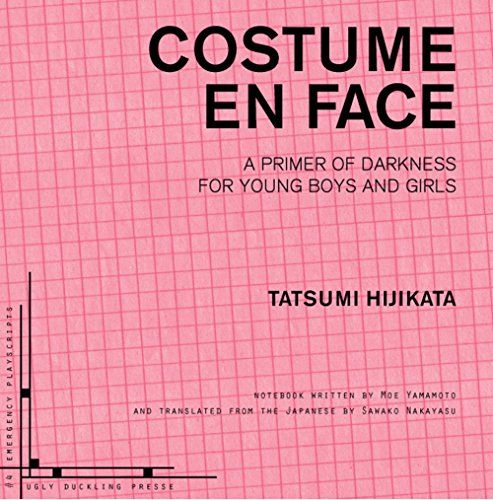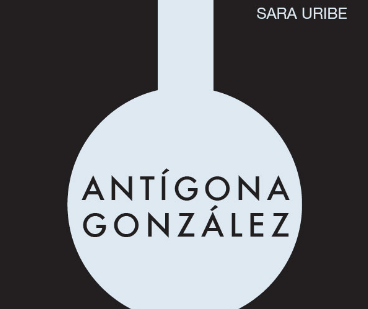Secondhand Time is one of the four books shortlisted for the Baillie Gifford Prize, UK’s most prestigious prize for nonfiction, the winner of which will be announced tomorrow.
Russian thinkers in the nineteenth century began referring to the Russian soul (Russkaya dusha) as a way to crystalize a national identity around the idea that Russia and its people possess a singular, exceptional destiny. Be it Dostoevsky’s high-strung and philosophical protagonists, Goncharov’s ambitionless, sensitive Oblomov, or Tolstoy’s nature-inspired, contemplative heroes, Russia’s iconic authors portrayed their countrymen as uninterested in replicating Europe’s then burgeoning industrial capitalism and its protestant work ethic; rather, these characters’ thoughts and actions sprang from a loftier, more spiritual sensibility.
Today, Russians’ views of their country’s tumultuous history and uncertain, post-Soviet future are shaped, in no small part, by whether or not they believe in Russian exceptionalism, and this question frames Belarussian author Svetlana Alexievich’s latest book to be published in English, Secondhand Time. As she did earlier with Voices from Chernobyl (1997), the work that precipitated her winning the 2015 Nobel Prize in Literature, in Secondhand Time, originally published in 2013, Ms. Alexievich gives readers history “in miniature,” by presenting the reflections of ordinary Russians as told in their own voices. For this latest book Ms. Alexievich collected Russians’ thoughts about their post-World War II history that she recorded between 1991 and 2012. She writes that she specially sought to interview “sovaks,” a term that Russians use pejoratively to describe those who remain stuck in Soviet attitudes and behaviors.
Secondhand Time’s arrival in English (Random House, 2016) serves as a timely antidote to reports in the Western press about Russian nationalism. It is a necessary rejoinder not because the reports are false; rather, too little attention has been given to the complicated reasons behind the nationalistic sentiment.
Ironically, most Soviets felt a sense of security under the old system, despite the government’s repression and cruelty. Without the dual rudders of government control over everyday life and the ideology that justified it, those who came of age under the Soviet system now feel uncomfortably adrift. There remains nothing to replace the old ideals that grounded their lives except empty consumerism:
“No one can convince me that we were given life just to eat and sleep to our hearts’ content. That a hero is someone who buys something one place and sells it down the road for three kopecks more.”




